Building Betta Displays
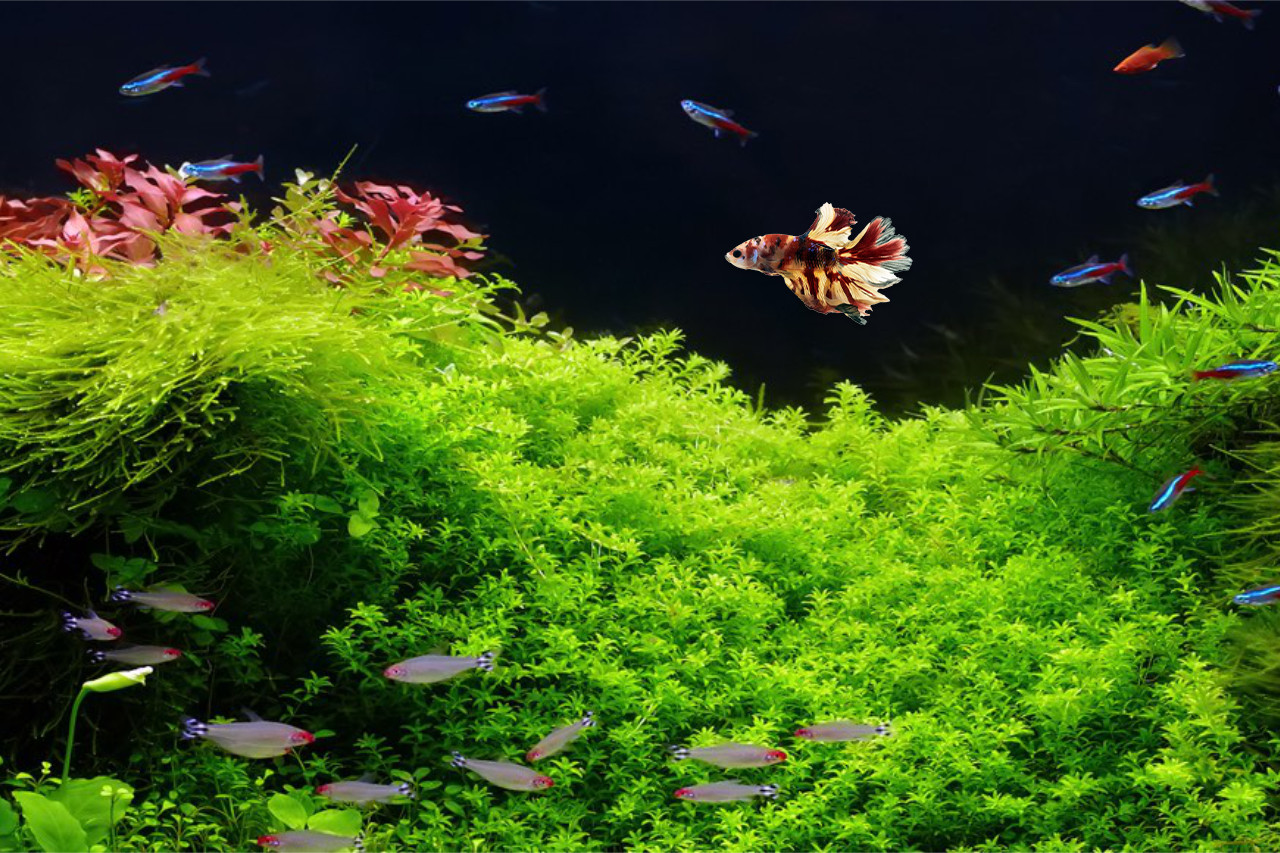
The Betta Fish, also commonly called the Siamese Fighting Fish, is among the oldest domesticated fish in the world; There are records of them being kept in captive aquaria going back centuries, and it's probable that people have been keeping and breeding these gorgeous fish for a thousand years or more. They are instantly recognizable, especially the males with their vibrant colors and usually long flowing fins. They owe these incredible looks to their hundreds of years of captive breeding. Wild specimens are usually very drab, often muted brown and green tones that blend in well into their natural environment. The largest oldest males can get up to about three inches long, substantially bigger than their wild counterparts.
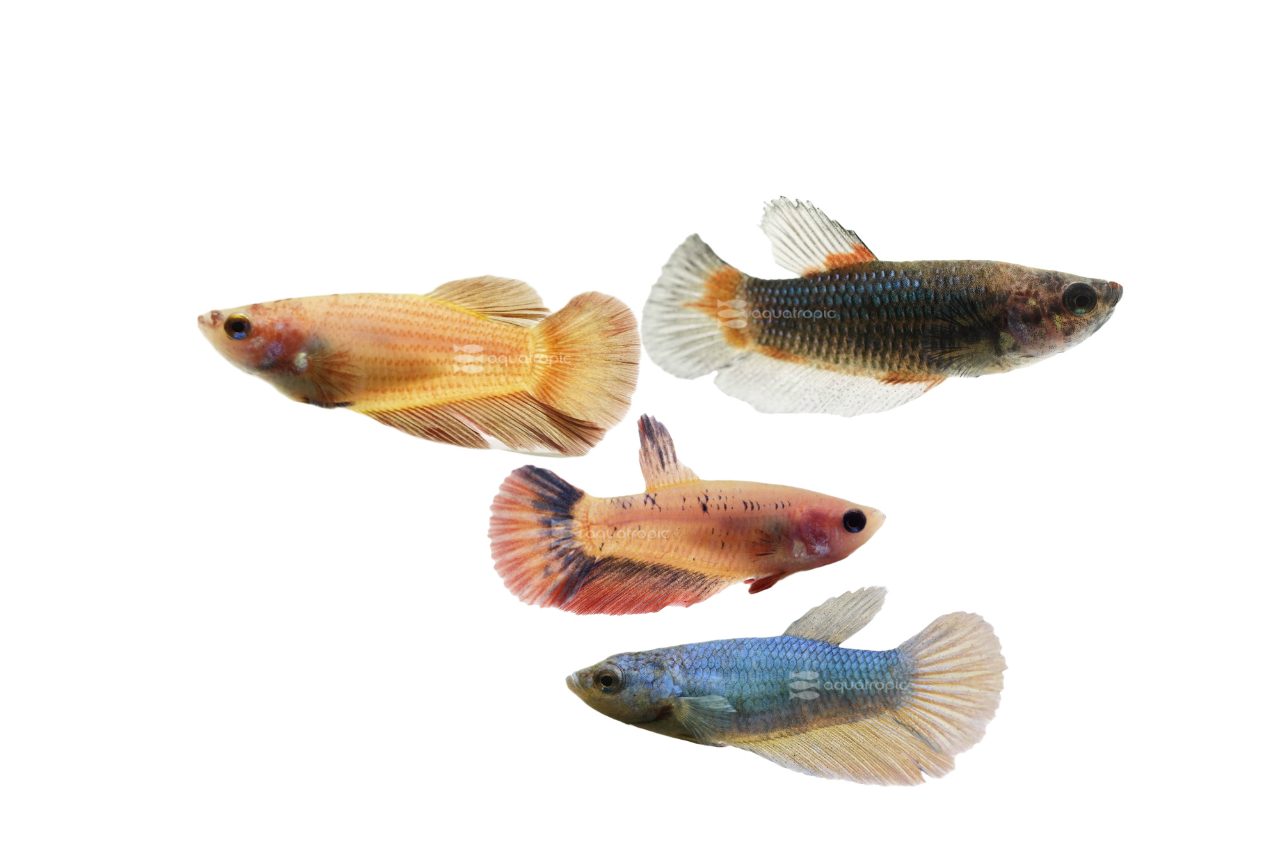 That wild environment was the backwaters of the Mekong River basin in southeast Asia, though feral populations have popped up around the world, from accidental or intentional release. They are common in the swamps and rice paddies as well as other very low flow areas of rivers and streams that feed the Mekong. These areas often suffer from low oxygen levels, being warm and stagnant with a lot of decomposing matter, as a response, they evolved an organ that allows them to take gulps of air from the surface of the water and use it (for the curious, that organ is called a labyrinth organ.) These water bodies are also generally very unstable temperature wise, which made the fish from them excellent candidates for captive keeping, long before the advent of heaters and filters. Even the offspring of these original wild fish, perhaps hundreds of thousands of generations down the line are usually still incredibly hardy and able to withstand large swings of temperature and water quality, which has led to them often being kept in less-than-ideal displays.
That wild environment was the backwaters of the Mekong River basin in southeast Asia, though feral populations have popped up around the world, from accidental or intentional release. They are common in the swamps and rice paddies as well as other very low flow areas of rivers and streams that feed the Mekong. These areas often suffer from low oxygen levels, being warm and stagnant with a lot of decomposing matter, as a response, they evolved an organ that allows them to take gulps of air from the surface of the water and use it (for the curious, that organ is called a labyrinth organ.) These water bodies are also generally very unstable temperature wise, which made the fish from them excellent candidates for captive keeping, long before the advent of heaters and filters. Even the offspring of these original wild fish, perhaps hundreds of thousands of generations down the line are usually still incredibly hardy and able to withstand large swings of temperature and water quality, which has led to them often being kept in less-than-ideal displays.
The fact that your Betta can make it through not great conditions, isn't a reason to subject them to these same subpar living arrangements. What makes a good Betta display? Well, there is lots of good ways, but let's start with the tank. Male Bettas (the super pretty flowy ones everyone says ooooooh about) should be kept by themselves, or with other fish that aren't Bettas. A single male can be kept in a five-gallon aquarium, but you should avoid keeping them in arrangements smaller than this. Females can also be very pretty and can be kept in groups, but will need a larger tank, the size being dependent on how many you decide to keep. Most invertebrates like snails, clams and shrimp can usually be kept with Betta fish of both sexes.
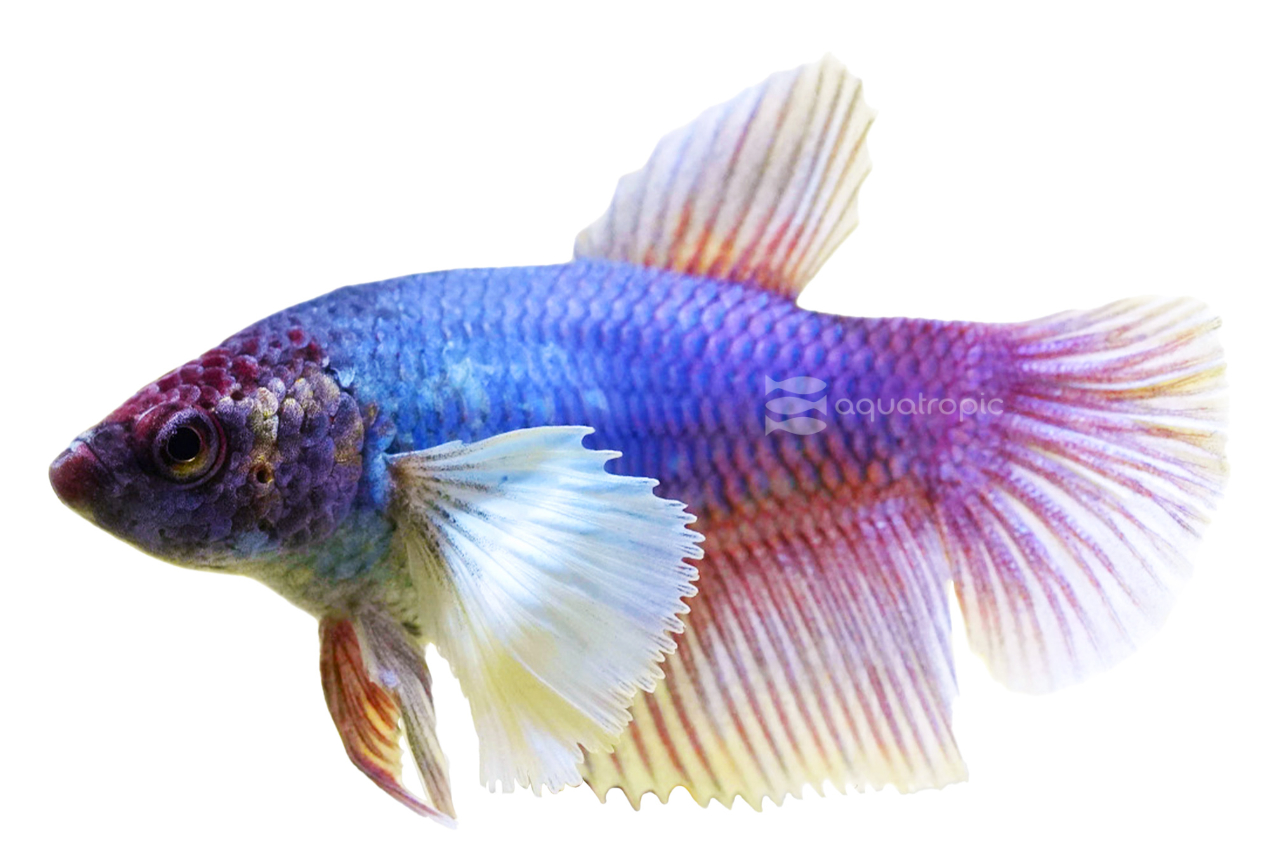 These tanks should also be heated; a stable temperature will keep your Betta healthy and happy, and they'll show their best colors and be the most active in these environments. Betta fish can live in water that is anywhere between 68 and 85 degrees, but will be healthier, more active and more colorful if the temperature is stable somewhere between 70 and 75. Filtration can be very sedate, a filter that turns the entire display volume over once an hour is more than adequate. Bettas will do better with less flow, and don't really need the super clean and oxygenated water that more aggressive filtration will provide. Water chemistry is relatively unimportant. Unless your water is extreme in some way (ex. hardness or pH) whatever comes out of your tap will be fine as long as you treat it for chlorine and chloramines before it goes in the tank. As an aside, even though your Betta fish is a fairly sedate swimmer, the display should be covered as they spend most of their time very close to the surface and can actually jump out if startled. Make sure there is an air gap above the surface of the water, so the Betta can slurp some O2 if needed.
These tanks should also be heated; a stable temperature will keep your Betta healthy and happy, and they'll show their best colors and be the most active in these environments. Betta fish can live in water that is anywhere between 68 and 85 degrees, but will be healthier, more active and more colorful if the temperature is stable somewhere between 70 and 75. Filtration can be very sedate, a filter that turns the entire display volume over once an hour is more than adequate. Bettas will do better with less flow, and don't really need the super clean and oxygenated water that more aggressive filtration will provide. Water chemistry is relatively unimportant. Unless your water is extreme in some way (ex. hardness or pH) whatever comes out of your tap will be fine as long as you treat it for chlorine and chloramines before it goes in the tank. As an aside, even though your Betta fish is a fairly sedate swimmer, the display should be covered as they spend most of their time very close to the surface and can actually jump out if startled. Make sure there is an air gap above the surface of the water, so the Betta can slurp some O2 if needed.
If you're just interested in keeping a single Betta, you can decorate this display however you want. The full array of décor is open to you. You can do anything from pink marbles and a plastic castle (always aquariums safe stuff) to a natural display with live plants, driftwood and even leaf litter. This incredible adaptability means that you could keep them with other fish that share those same likes, and you can adjust the water chemistry to the other fish, because of the very hardy nature of the Betta. Keep in mind that not every fish will be a good match for your flowy little friend.
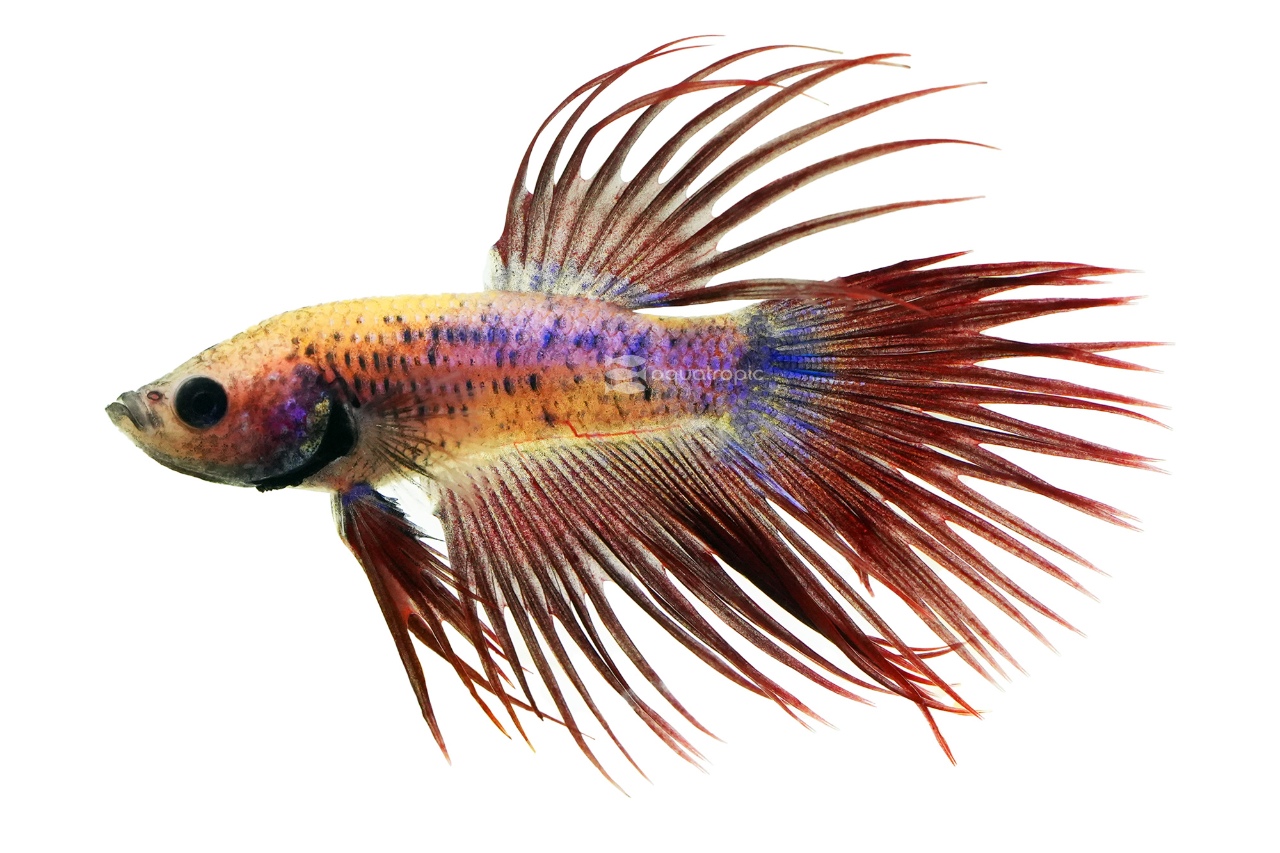 One of the coolest Betta focused community displays we've seen featured a gorgeous White Male Crowntail Betta and a school of Cardinal Tetras in a densely planted display. Bettas will usually ignore most small tetras, whose intense colors and high activity levels are excellent counterpoints to the sedate nature of the Betta. Maybe you like this idea but want the shoal a little less flashy and the Betta a little more extravagant. Perhaps Rummynose Tetras and a Blue Male Butterfly Halfmoon suits you better. There is a theme here: the tetras love the middle portion of the tank, while the Betta likes the surface. If you want to find good tankmates for your Betta, start with fish that like different parts of the water column. With this in mind, Otos, Corys and some Plecos and other fish that like the lower reaches of the tank can also be good fits and the Betta usually swims around like they don't even know those fish are down there.
One of the coolest Betta focused community displays we've seen featured a gorgeous White Male Crowntail Betta and a school of Cardinal Tetras in a densely planted display. Bettas will usually ignore most small tetras, whose intense colors and high activity levels are excellent counterpoints to the sedate nature of the Betta. Maybe you like this idea but want the shoal a little less flashy and the Betta a little more extravagant. Perhaps Rummynose Tetras and a Blue Male Butterfly Halfmoon suits you better. There is a theme here: the tetras love the middle portion of the tank, while the Betta likes the surface. If you want to find good tankmates for your Betta, start with fish that like different parts of the water column. With this in mind, Otos, Corys and some Plecos and other fish that like the lower reaches of the tank can also be good fits and the Betta usually swims around like they don't even know those fish are down there.
If you're looking for larger fish to add to the mid column, Mollies are a good choice, they come in a surprising array of colors and patterns and generally go ignored by the Betta. For those of you who like something a little different in your tank, maybe think about a Loach or even a small group of them for species that work well that way.
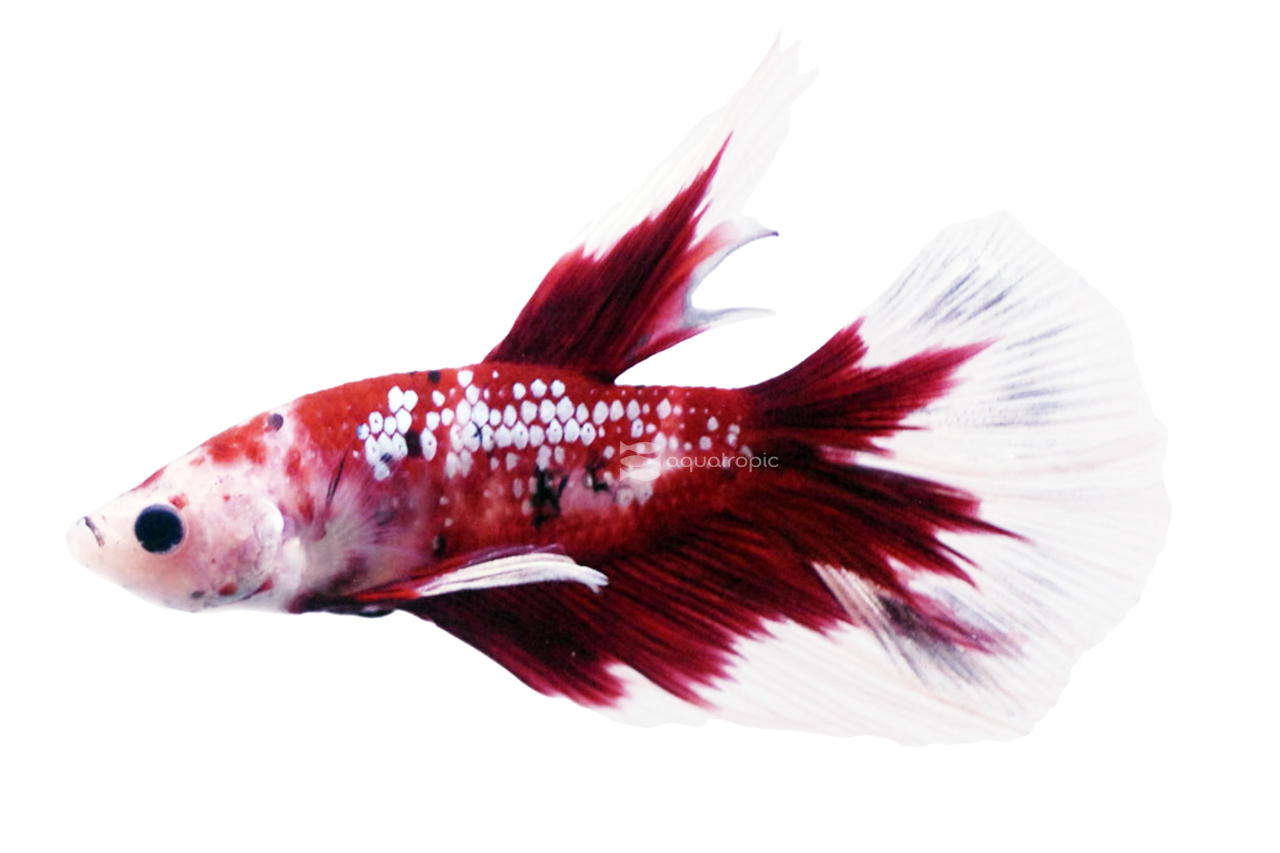 This isn't the end all list of fish that will work with a Male Betta, it is a starting point to show you a way to think about how to mix your Betta with other fish for an interesting display. You'll want to avoid fish that are notorious fin nippers like Tiger Barbs and similarly stay away from aggressive fish like rift lake Cichlids. We get asked a lot about goldfish, because the Bettas can live in cooler water, but we'd avoid this as the Goldies are also well-known fin nibblers. Fish that have a passing resemblance to Bettas or fish that move in a similar manner are likely to get harassed in a bad way; avoid fish like fancy guppies. Mixing male and female Betta fish is not for beginners, it is possible, in aquariums that are big enough and have a ton of hiding places, but it is risky and there are better options.
This isn't the end all list of fish that will work with a Male Betta, it is a starting point to show you a way to think about how to mix your Betta with other fish for an interesting display. You'll want to avoid fish that are notorious fin nippers like Tiger Barbs and similarly stay away from aggressive fish like rift lake Cichlids. We get asked a lot about goldfish, because the Bettas can live in cooler water, but we'd avoid this as the Goldies are also well-known fin nibblers. Fish that have a passing resemblance to Bettas or fish that move in a similar manner are likely to get harassed in a bad way; avoid fish like fancy guppies. Mixing male and female Betta fish is not for beginners, it is possible, in aquariums that are big enough and have a ton of hiding places, but it is risky and there are better options.
Bettas are among the easiest fish to feed. They'll eat just about anything you give them, and in house, they get a regular diet of Nutramar Complete Pellets. These are protein dense with a wide range of nutrients and minerals needed for your fish's health and color. If you want an easy diet for your fish that is healthy for them, the Nutramar Pellets are probably your best option. We trust this product and use it in house with a wide variety of fish. Now, if you so choose, you could still feed Betta frozen foods from Gamma like Daphnia, or their wide range of enriched Brine products like Brine Plus Spirulina and Brine Plus Omega.
Aquarium keeping is full of gorgeous fish, but very few can rival Betta splendens for sheer stunning beauty and in our humble opinion, no other fish can compare when you add their ease of keeping to the mix. Bettas have been in kept in captivity since before we had glass to build aquariums with, but now that we do, it's time to give them a display worthy of their showy looks. They are absolutely amazing when kept by themselves, but this doesn't have to be the case. Use your imagination and see what kind of gorgeous aquariums you can come up with. When you're ready to start stocking it, head to your LFS (local fish store) and ask them to get you one of the incredible Betta Fish we offer here at Aquatropic!